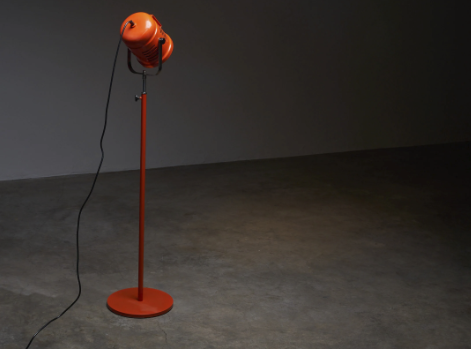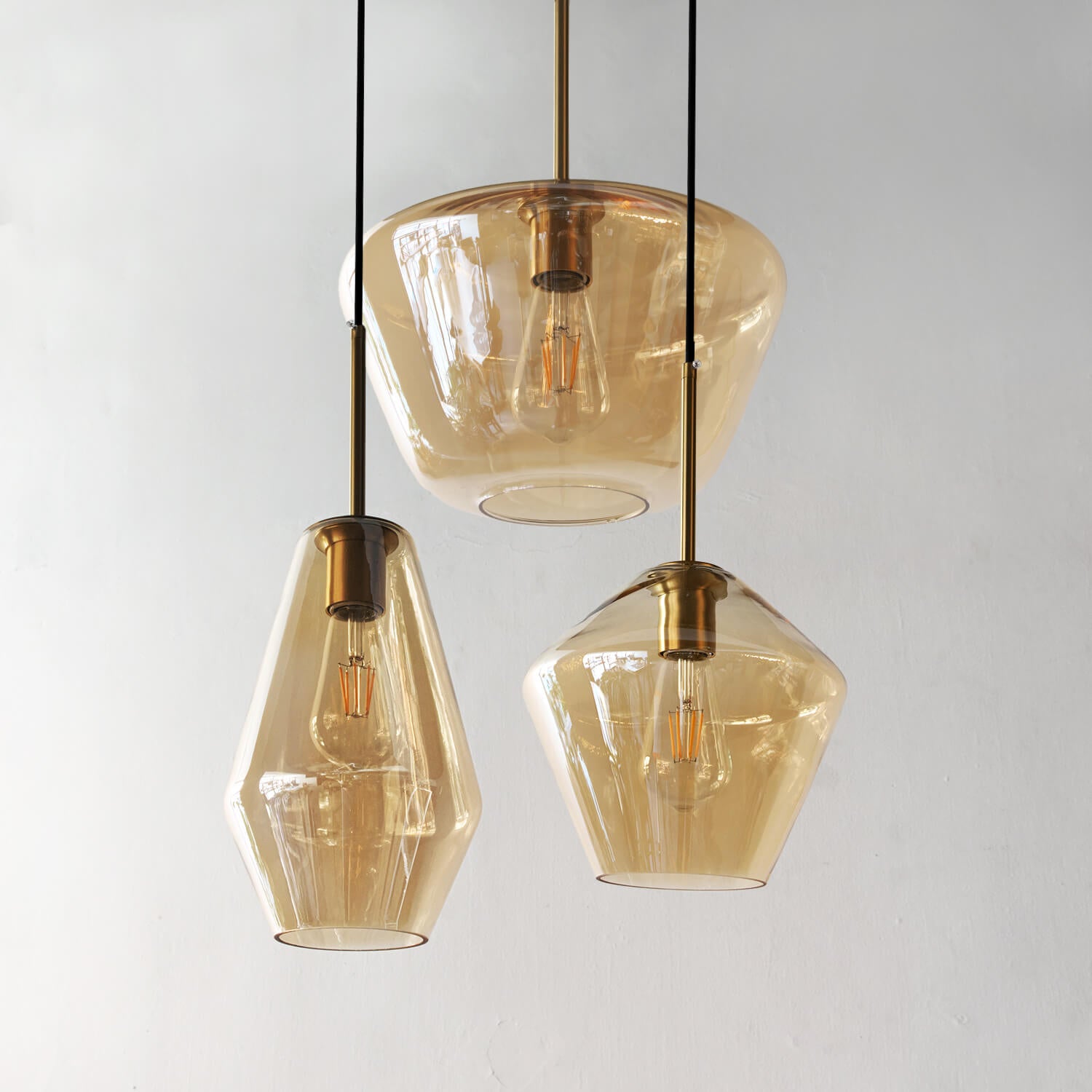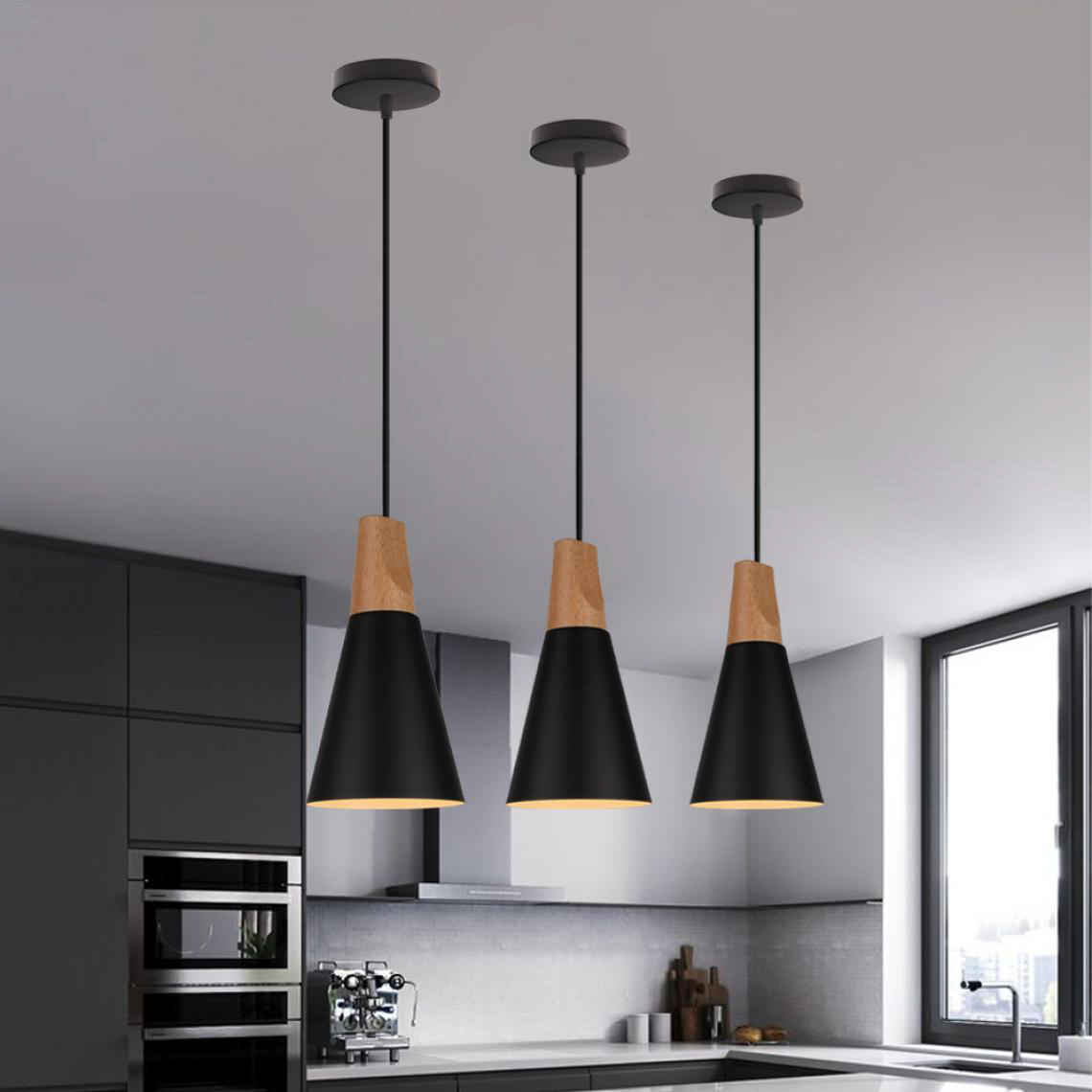Introduction
Light is essential for life, and it comes in different colors. Among the most common colors of light are red and white. These colors of light have different wavelengths, and this makes them unique in their way. In this article, we will explore the magic of red and white lights in detail.
The Science of Light Colors
To understand the magic of red and white lights, it is critical to know the science behind light colors. Light is an electromagnetic wave that travels at a speed of 299,792,458 meters per second. Its wavelength determines its color. Red light has a wavelength of about 700 nanometers, while white light is a combination of all colors of light.
Red light is commonly associated with warmth, love, passion, and anger. It stimulates the senses and helps people to feel active and energized. On the other hand, white light is associated with purity, cleansing, and illumination. It creates the feeling of freshness, relaxation, and calmness.
Red Light Therapy
Red light therapy refers to the use of red light to treat medical conditions. It is a non-invasive and safe method that has been proven to help with different health issues. Red light has the ability to penetrate deep into the skin and stimulate the production of collagen, a protein that is responsible for skin elasticity.
Red light therapy has been used to treat skin conditions such as acne, psoriasis, and eczema. It is also effective in pain management and can help reduce inflammation caused by arthritis and other medical conditions.
The Power of White Light
White light is the combination of all colors of light, and it is responsible for the illumination we see during the day. It is also the light that is commonly used in artificial lighting, such as bulbs and fluorescent lights. White light has the power to affect people’s moods and emotions.
In the morning, exposure to white light helps to stimulate the body and mind to start the day with energy and focus. It helps people to feel awake and alert. In the evening, exposure to white light can interfere with the natural sleep cycle and make it difficult for people to fall asleep.
References
1. Naeser, M. A., & Hamblin, M. R. (2011). Potential for transcranial laser or LED therapy to treat stroke, traumatic brain injury, and neurodegenerative disease. Photomedicine and laser surgery, 29(7), 443-446.
2. Rea, M. S., & Figueiro, M. G. (2013). Light as therapy for sleep disorders and depression. In Handbook of phototherapy (pp. 359-386). CRC Press.
3. Katiyar, S. K., & Meeran, S. M. (2017). Redox homeostasis in cancer-associated fibroblasts: mechanistic insights and therapeutic opportunities. Biochimica et Biophysica Acta (BBA)-Reviews on Cancer, 1867(1), 35-43.



